
Do you have a question about the Stanley SC50T and is the answer not in the manual?
General guidelines for safe tool operation, including handling and trigger use.
Precautions to take when loading the tool to prevent accidental injury.
Steps for disassembling the tool's jaw, magazine, and pusher components.
Procedure for removing the feeder blade, rollers, and piston rod assembly.
Detailed steps for disassembling the throttle mechanism.
Steps for correctly re-assembling the tool's magazine.
Instructions for installing the pusher spring assembly.
Procedure for re-assembling the throttle valve unit.
Detailed steps for installing and tensioning the pusher spring.
Procedure for adjusting the throttle valve for optimal performance.
Troubleshooting guide for air leaks or slow tool operation.
Guidelines for proper tool lubrication to ensure longevity.
Requirements for air supply filter and regulator settings.
Advice and recommendations for maximizing the tool's service life.
Tips for resolving common tool jamming issues and field service.
Troubleshooting steps for issues where the ring does not close properly.
Troubleshooting guide for common ring feeding issues.
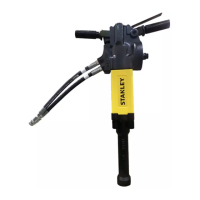
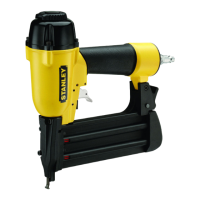
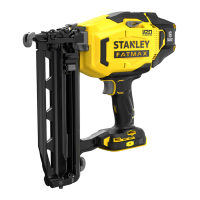
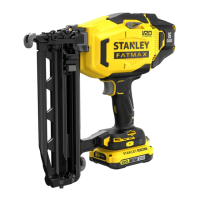
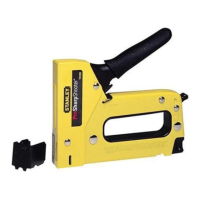
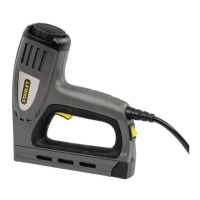
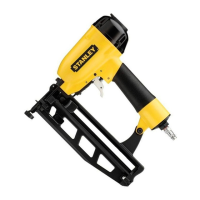

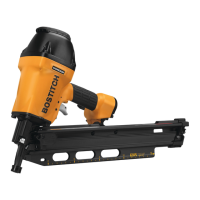
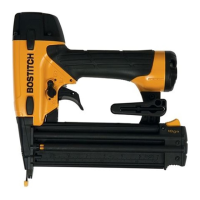
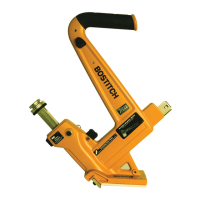
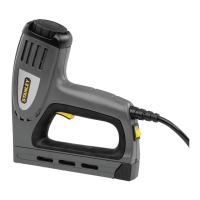
